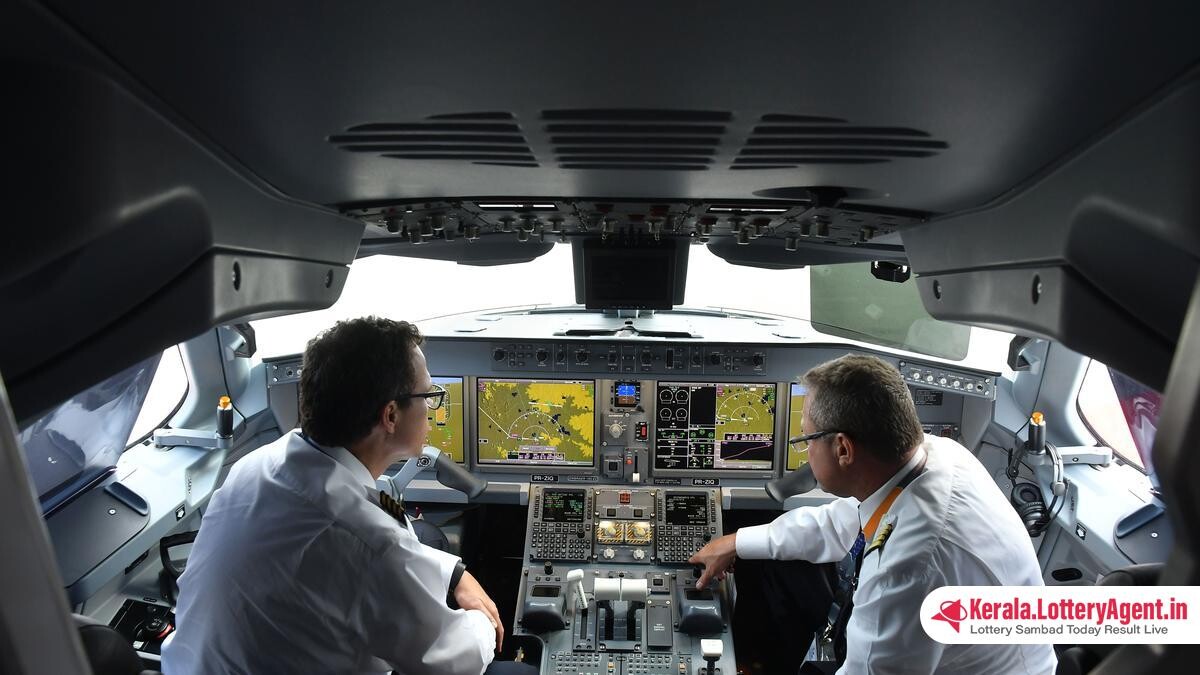
“I have leapt off a cliff. I can either grow wings or crash.” With these words, Aravinth Nair*, a young trainee pilot, encapsulates the daunting risks he’s taken to pursue his dream of flight. Having invested five years and ₹1.07 crore in flight training, he’s now bound to IndiGo, the country’s largest airline, by an employment bond worth ₹50 lakh, ensuring a five-year commitment.
Aravinth’s journey in the skies has been turbulent from the beginning. The shutting down of Jet Airways in 2019 disrupted his plans to start flight training. As he recalibrated his path, the COVID-19 pandemic struck the following year, pausing his training and escalating the interest on his substantial loan. In 2023, when Go First ceased operations, a swell of experienced but unemployed pilots entered the job market, further postponing his induction and extending the time before he could begin repaying his debt.
Pilots like Aravinth confront hurdles unseen by many, who only perceive the profession through the lens of its potentially lucrative earnings. The road to becoming a pilot is fraught with financial burdens, including exorbitant training costs, lending to loans with repayment periods that can stretch over a decade. Moreover, pilots are shackled by restrictive employment bonds that IndiGo and other carriers impose. These bonds, deemed “illegal” by critics, demand substantial sums in the form of undated cheques and tie pilots to companies at salaries below market rates.
Vistara’s First Officers recently voiced strong dissent against revised salary terms that significantly reduced their flying allowance, precipitating a pay cut and triggering unrest. Many officers feel helplessly entrapped, with no viable escape from the unfavorable conditions. The discontent at Vistara mirrors the broader discontent across the Indian aviation industry, precipitated by inflexible contracts and diminishing job security.
Mr. Nair’s narrative resonates with many; despite joining IndiGo’s costly cadet program, which promised a seamless transition into the industry, he found himself mired in unforeseen delays and regulatory hoops. The protracted training, delayed induction, and reduced pay have only compounded his financial strain.
Aviation lawyer Yeshwanth Shenoy highlights the illegality of the pay cuts and training costs borne by pilots, pointing to violations of the Indian Contract Act of 1872. Yet, challenging these entrenched practices is a perilous step few pilots are willing to take, fearing retribution and potential career suicide.
The grim reality for fledgling pilots in India extends beyond strained finances and contracts. With limited airlines in operation and restrictive regulations on flying abroad, options are severely limited. Employment bonds, onerous training costs, and an opaque job market add to this dire landscape.
Some, like Saurabh Saxena*, have watched their aspirations nosedive irretrievably. Having paid ₹40 lakh to Go First for airline training, he was left with nothing but debts when the airline folded. Unable to continue pursuing his dream, he joined his family business.
The fates of Indian pilots remain precariously aloft, navigating an industry rife with uncertainty and financial peril. As the demand for pilots fluctuates, many are forced to contend with a harsh reality: the skies they long to conquer may remain an elusive dream.
*Names have been changed to maintain confidentiality.












